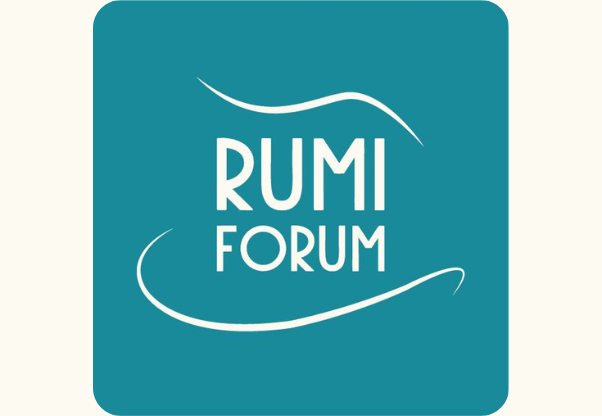To fully understand the story of Latino Muslims in the United States, I decided to begin my research by studying Islam in Latin American countries. I wanted to understand the communities in the countries where American Latino Muslim converts originated. I found a vibrant history of Islam in Latin America but a relatively small community today.
The history of Islam in Latin America stretches back to the Reconquista on the Iberian Peninsula. When the Christian powers retook Spain and Portugal from their Muslim rulers in the thirteenth century, Muslims were either killed, cast out, or forced to convert to Christianity. Those who converted were called moriscos, which was related to the word for the Muslims of Spain before the Reconquista: the Moors. The moriscos were a diverse group. Some were truly converted to Christianity, but others were converted in name only and maintained their Muslim faith in private. The Christian rulers of Spain were terrified that Islam would spread again, so when migration to colonized Latin America began in the 1500s, moriscos were restricted from settling in the New World. However, many passed through loopholes, such as forging papers or working as translators.
The moriscos did not last long in Latin America since loose branches of the Inquisition found and punished many secret practitioners. Out of caution, many moriscos did not pass their faith on to their descendants. Over time, Islam disappeared from Iberian-born immigrants and flourished in a new group: Enslaved West Africans. Enslaved Muslims from modern-day Mali, Senegal, Mauritania, and others were transported from their home countries to Latin American colonies, most notably Brazil. In Bahia, Muslims called the Malê led one of the most significant slave revolts in the colonies. The clear role that Islam played in mobilizing the revolt frightened Portugal, and many revolutionaries who were not killed were deported back to West Africa to avoid the potential of a future uprising. As such, the Malê revolt and its aftermath once again virtually ended Islam in Latin America.
Today’s Muslim community in Latin America mainly comprises the descendants of people who immigrated from the Ottoman Empire in the late 1800s. Waves of immigrants from the Levant region traveled to Latin America during this time, with many heading for South American countries like Brazil, Argentina, and Chile. Although many of these immigrants were Christian, sizeable Muslim populations joined them. Indeed, Argentina hosts the largest mosque in Latin America, the King Fahd Islamic Center. Today, these small but thriving communities also include small amounts of converts to Islam from other religions.
Interest in Islam is steadily growing in Latin America, according to community representatives in Argentina, Brazil, and Chile. Even so, the amount of converts remains small. Latin America is a profoundly Christian region with vast populations of Catholics and Protestants. Many countries formerly espoused Catholicism as the state religion. Another barrier is perceptions of Islam. Although community members usually do not feel discriminated against, misinformation about Islam spreads through media and conversation. Stereotypes about Islam as a violent and misogynistic religion still dominate many peoples’ opinions in Latin America. Still, Muslims in Latin America say that the region values many of the same things as Islam, such as family, honesty, and respect.
The history of Islam in Latin America is uniquely and fascinatingly tied to migration patterns. However, due to the slow growth of conversion and the continued stereotyping of Islam, the Muslim community in Latin America does not help explain the reasons for the growth of Islam in the United States. The connection between community values is there, but in the United States, there must be other factors that encourage conversion to Islam among Latino Americans. I look forward to exploring those factors in the next section of my research.
Author: Jacqueline Bucaro




